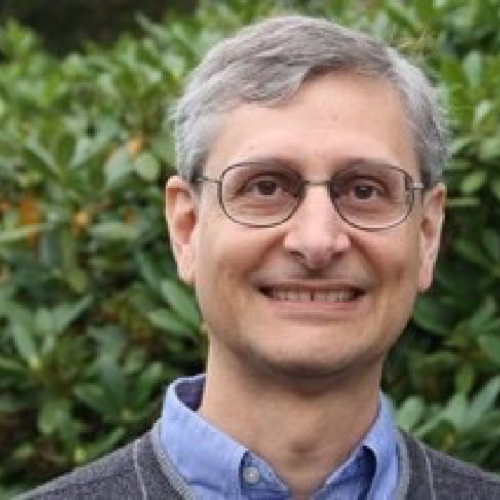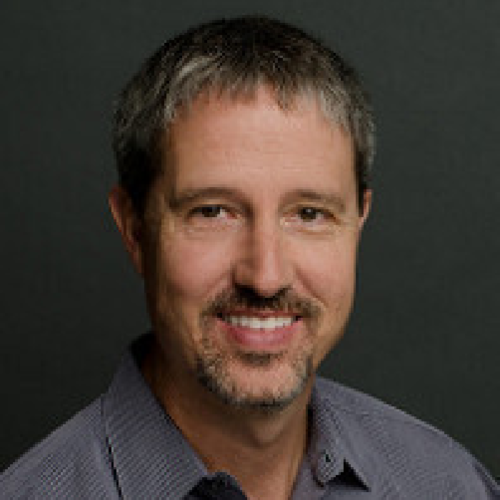UT Austin’s student chapter of SIAM was founded in 2008 to foster interactions between members of the applied mathematics community at UT Austin, across departments, institutes, and professional marks. We aim to provide a forum for discussing applied and computational mathematics and to help members prepare for future STEM careers in academia and industry. We also promote publications, conferences, prizes, and other opportunities offered by SIAM.
About Us
Chapter Officers
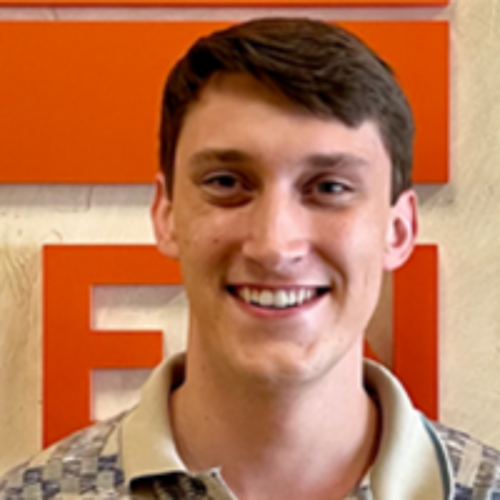
Jon is a native Texan that enjoys aquatic sports and advocates for alternative keyboard layouts. He attended UT Austin for undergrad where he studied mathematics then attended the University of Washington for his Masters in Applied Math. His research interests are in coexistence theory, structured population modeling, and biodiversity. Specifically, exploring life history strategies in structured models for forest communities.
BS, Mathematics, The University of Texas at Austin
MS, Computational and Applied Mathematics, University of Washington

BS, Computational Mathematics, BS, Biological Engineering, Louisiana State University

I work in the CRIOS group with Dr. Patrick Heimbach. My interests include HPC, optimized linear solvers, automatic differentiation, and their use in ocean and sea ice modeling.
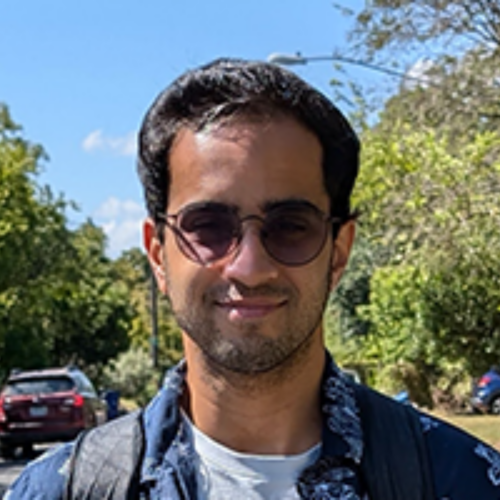
Arjit Seth is a graduate PhD student at the University of Texas at Austin. At present, his research focuses on enabling digital twin applications via scientific machine learning methods. Arjit's interests include mathematics, computation, physics, and aerospace engineering. His prior research has covered a broad range of topics, such as amphibious aircraft design, group theory, and integrating machine learning techniques with traditional aircraft design processes. He has also worked on improving aerospace engineering education in Hong Kong by introducing programming and computational methods into the educational process.
Undergraduate - B.Tech Aeronautical Engineering, Manipal Institute of Technology. Masters - MPhil, Mechanical Engineering, Hong Kong University of Science and Technology
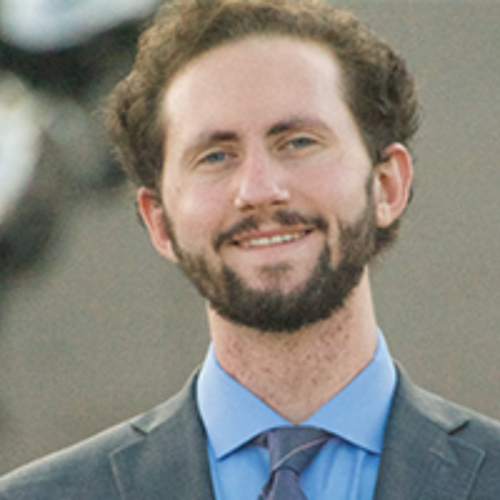
BS, Applied Mathematics, California State Polytechnic University Pomona
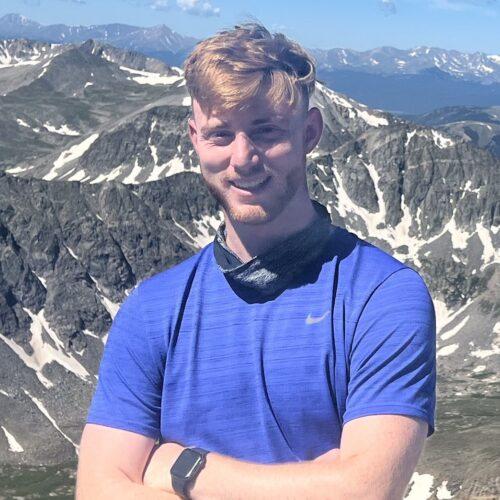
I work broadly on uncertainty quantification methods to enable scalable predictive digital twins as a framework for robust decision making with applications to various engineering and health systems.
Faculty advisors
